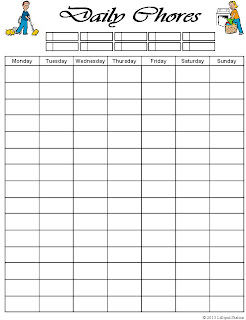.JPG) |
| coloring in the lines at VBS |
His younger sister (the "baby") just turned 2, but I'm sure she will do her best to keep up with him. The two of them are inseparable. She already wants to do phonics every time he does, even though she can't pronounce half of the sounds.
*This post contains affiliate links.
BIBLE
- Questions with Answers Volume 1 from Songs For Saplings* with free printables from 1plus1plus1equals1.
- Songs For Saplings: ABC from Songs For Saplings* with freeprintables from 1plus1plus1equals1.
- Gopher Buddies Quiet Time from Word of Life
|
LANGUAGE ARTS
- Preschool Phonics
- Draw Write Now, Book 1 with free printables from 1plus1plus1equals1.
- Paper Cutting Practice Strips (to strengthen muscles used for writing.)
- ABC Pattern Block Designs
COUNTING & NUMBER SKILLS
- Pom Pom Number Flashcards (adding stickers instead of pom poms)
- Numbered Punch Strips (using a hole punch)
- How Many Fingerprints booklet
ADDITIONAL ACTIVITIES
 |
| counting & cutting |
See my Pinterest board for Activities Bags/Quiet Books

.jpg)

.jpg)






